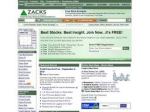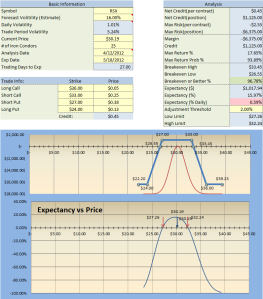Courtesy of Barron’s Brendan Conway: ![]()
By Brendan Conway
Actively managed exchange-traded funds attempt to pick winners much like, say, Bill Miller does in mutual funds. The number of such funds has taken off, and while they’ve tended to underperform versus passive index-tracking ETFs, they’ve also been less volatile.
Those are some of the findings of a new Lipper report by Sasha Franger, the company’s fiduciary research analyst. The group has returned an annualized 2.78% over the last four years, versus 3.20% for “pure” index peers, Franger found. The trend turned in the last year, however: Actively managed ETFs’ performance pulled ahead slightly.
Market gyrations appear to be blunted in actively managed ETFs. This makes intuitive sense: An active manager should be able to pull your assets out of plunging equities or bonds when the environment calls for it. Passive funds can’t.
Median active ETF annual performance ranged from 1.31% to 10.83% for the last four years, while median performance for pure index ETFs has experienced huge swings and has ranged from -40.09% to 55.59%, coinciding with the economic downturn and recovery.











